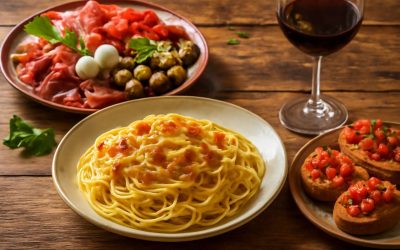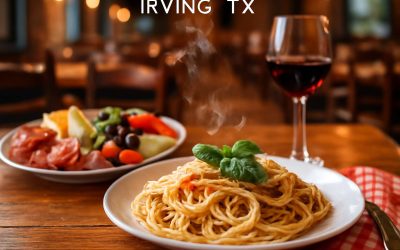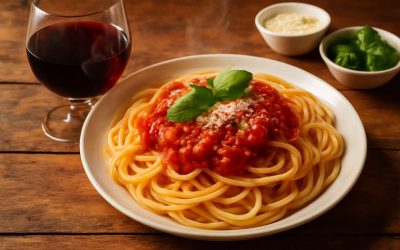
The cuisine of Italy is one of the most celebrated in the world. It has a rich history that extends through the Roman Empire and the Renaissance, when it was clear that Italians understood food to be a sensory pleasure beyond mere nourishment. This understanding has shaped modern Italian culture, where meals with family and friends are often long, multi-course affairs, centered around local produce, meats, fish, cheeses, and wine.
Olive oil is a staple in any Italian kitchen. The best extra virgin olive oil has a smooth flavor that pairs perfectly with vegetables, pasta, pizza, and risotto. It is also an excellent source of Vitamin E and antioxidants.
Salty preserved anchovies are among secret traditional Italian ingredients that add a complex flavor to sauces, soups, and salad dressings. Capers are another essential ingredient that Italian cooks use in abundance. They are particularly great with roasted vegetables and pasta dishes such as gnocchi or tagliatelle. Rosemary is a common spice used with roasts, potatoes, and risotto. Parsley is a commonly used herb that provides a balance to other stronger flavors such as oregano and garlic. Parsley is a good source of vitamin A, C, and iron.
Other classic Italian ingredients include cured meats, such as salami or pancetta; lard; and a variety of cheeses including Parmigiano Reggiano DOP, Mozzarella di bufala, and ricotta. Vegetables are a key component in Italian cooking, with swiss chard and kale providing a good source of vitamin A and K. Other vegetable favorites include artichokes, fennel, mushrooms, and asparagus.
Seafood is a mainstay of italian cuisine, especially in coastal areas, and it is often served with polenta or rice. Fish such as sardine, tuna, and salmon provide omega-3 fatty acids that help protect against heart disease. Shellfish like shrimp and lobster are a good source of zinc and selenium.
Cheese is a staple in many italian dishes, and a variety of cheeses are produced in Italy, including gorgonzola, parmesan, and fontina. Many seasoned cheeses are made with herbs and spices as well.
Porcini mushrooms are a highly aromatic fungus that grow underground in the forests of piedmont and umbria. These truffles are harvested by trained dogs, and while expensive, they can transform a dish with their intense, earthy flavor. They can be used fresh or dried and are a key ingredient in soups, stews, pasta dishes, and risotto.
Sweet desserts, known as dolci in Italy, are usually restrained in terms of sweetness and are an ideal complement to strong espresso. Some classics include tiramisu, panna cotta, and affogato (ice cream in coffee and liqueur).



0 Comments